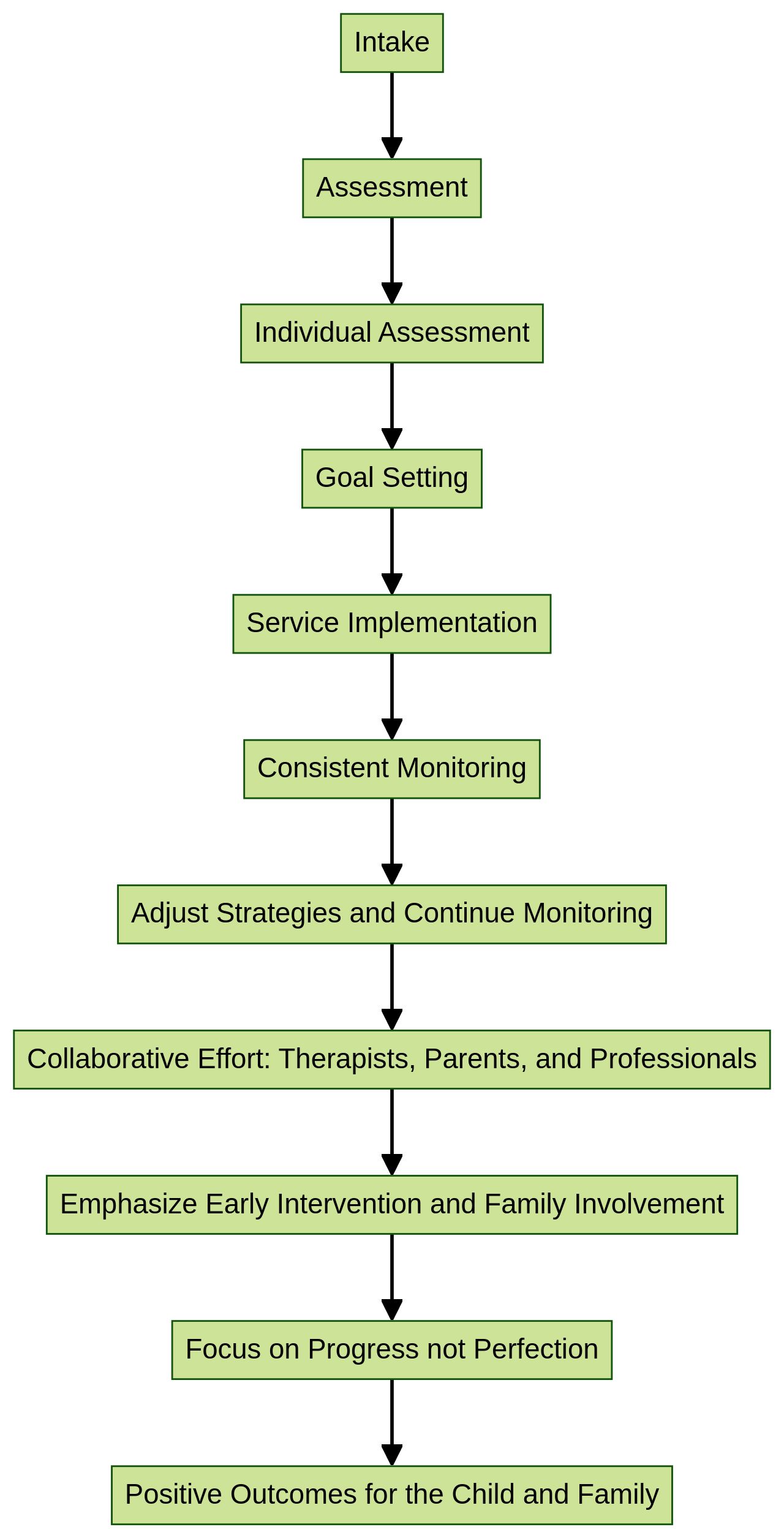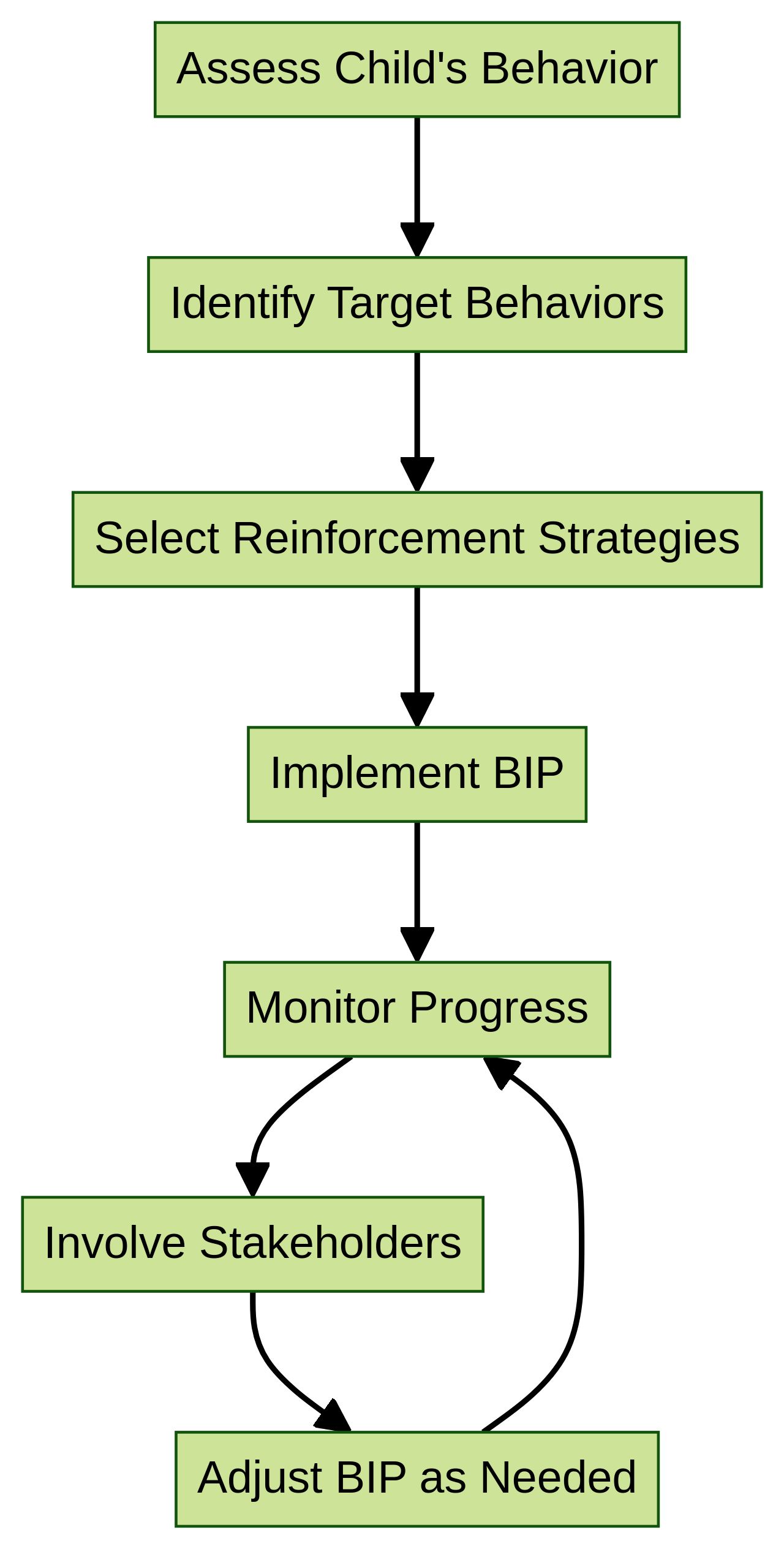Introduction
Applied Behavior Analysis (ABA) therapy is a structured intervention that aims to enhance social, communication, and learning skills through positive reinforcement. Despite its widespread use and scientific backing, ABA therapy's reputation is not without controversy. Some autism advocates argue that the therapy's focus on reducing "stimming" behaviors can be punitive, and that society should instead adapt to these harmless expressions of neurodiversity.
Moreover, the intensity of the recommended therapy can be taxing on family dynamics and relationships. The effectiveness of ABA therapy is also under scrutiny, as some studies suggest a variability in the quality of evidence supporting positive outcomes. As the field evolves, there is a growing acknowledgment of the need for a more nuanced understanding of autism and the development of diverse, evidence-based interventions that respect individual differences and aim for comprehensive support.
Understanding ABA Therapy for Autism
Applied Behavior Analysis (ABA) therapy is a structured intervention that aims to enhance social, communication, and learning skills through positive reinforcement. It is often initiated early in a child's life, sometimes involving up to 40 hours per week of one-on-one sessions with an ABA-certified therapist.
Despite its widespread use and scientific backing, ABA therapy's reputation is not without controversy. Some autism advocates argue that the therapy's focus on reducing "stimming" behaviors, like hand-flapping, can be punitive and that society should instead adapt to these harmless expressions of neurodiversity.
Moreover, the intensity of the recommended therapy can be taxing on family dynamics, reducing time for social activities and causing stress on relationships within the household. The effectiveness of ABA therapy is also under scrutiny.
While many practitioners and parents report positive outcomes, some studies suggest a variability in the quality of evidence supporting these claims. The lack of robust research evaluating the negative experiences of autistic children undergoing ABA makes it challenging to perform a comprehensive cost-benefit analysis. In light of these critiques, it's essential to recognize that ABA is not a 'one size fits all' solution. The therapy's impact varies, and without rigorous scientific and policy evaluation, it remains uncertain who benefits from ABA and to what extent. As the field evolves, there is a growing acknowledgment of the need for a more nuanced understanding of autism and the development of diverse, evidence-based interventions that respect individual differences and aim for comprehensive support.
Setting Goals and Objectives
Tailoring goals for children with autism is a delicate and critical process that involves the collaborative efforts of parents, therapists, and other professionals. The process begins with an intake and comprehensive assessment, where all necessary information about the child is gathered.
Based on this assessment, specific, measurable goals are set, which are consistently monitored to ensure the child benefits from the therapy. It's essential to have a clear understanding of the child's individual needs, which is why the Autism Community in Action (TACA) emphasizes the importance of selecting effective therapies that can enhance communication skills, improve social interactions, and cultivate independence.
Parents and caregivers play a vital role in this journey, not only in supporting their child but also in maintaining their own well-being. As one parent highlighted, it's crucial to consider the mental health of parents, as achieving goals for their children should not come at the expense of their own health.
Therapists and families must work in partnership, ensuring that the therapy-life balance is maintained to support the child, their parents, and siblings. Recent news shows that trained community-based providers can now accurately diagnose autism in most cases, which may expedite the process of getting an appropriate diagnosis and starting intervention services.
Early intervention is key, as it improves child and family outcomes. However, as Dr. Rachel Busman suggests, the effectiveness of these goals should be measured by their impact on the child's daily life, with a focus on progress rather than perfection. With professional consensus on treatment aspects like intensity and family involvement, it's clear that early, developmentally appropriate, and family-empowering intervention is imperative. This is particularly important for very young children with social communication challenges, as highlighted by the lack of widely known or available programs for the birth to 3 age group. The goal is to create a supportive environment where children can thrive and families can navigate the challenges of autism with confidence and support.

Implementing Behavior Intervention Plans
Behavior Intervention Plans (BIPs) are pivotal in the realm of ABA therapy, tailored to each child's unique needs. They are not monolithic; rather, they are carefully crafted with a nuanced understanding of the child's behavior. A BIP's essence lies in its components, which include pinpointing the specific behaviors that need to be addressed, choosing appropriate reinforcement strategies, and meticulously monitoring the child's progress.
A case study demonstrated the effectiveness of breaking down treatment into manageable components, such as teaching functional communication responses and compliance with varying demands. This approach led to a significant reduction in problem behavior, while simultaneously enhancing functional communication, delay tolerance, and compliance. It's crucial to note that while BIPs are effective, the overarching approach to ABA therapy is not 'one size fits all.'
Recent discourse has highlighted the potential downsides of intensive, comprehensive ABA treatment on family dynamics, privacy, and the financial burden it may impose. This underscores the importance of a balanced therapy-life equation, ensuring that the child's well-being is harmonized with family life and social engagements. Moreover, statistics indicate that fewer than half of the studies reported procedures for selecting behaviors or determining their function, which suggests a need for a more systematic approach to conceptualizing problem behavior in research.
Nevertheless, behavioral interventions have been validated as effective for enhancing social skills, cognitive abilities, and reducing anxiety and aggression. In fact, they are more effective in reducing aggression when combined with medication than medication alone. Incorporating these insights, the implementation of BIPs should be done with consistency and collaboration, involving all stakeholders to ensure that the child's development is supported in the most considerate and effective way possible.

Using Reinforcement Strategies
Understanding that each child's needs are unique is critical when applying reinforcement strategies in Applied Behavior Analysis (ABA) therapy. Tailoring these strategies to individual preferences is not only beneficial but necessary for success.
For instance, a study demonstrated that when functional communication, delay tolerance, and compliance with demands were taught and maintained in relevant settings, problem behaviors were notably reduced, and positive behaviors like functional communication increased. This approach was effective in both clinic and home environments, showcasing the adaptability of ABA strategies.
However, it’s essential to acknowledge that the intensive nature of ABA therapy can have significant impacts on family life. Recommendations for extensive weekly therapy hours can raise concerns about privacy, social involvement, and financial burdens.
The effectiveness of ABA therapy extends beyond the quantity of hours to the quality and context of the intervention. As such, brief, targeted behavioral interventions have proven efficacious in enhancing social communication in children with ASD, and parents can learn to implement these strategies effectively. Incorporating a range of reinforcement strategies, from positive reinforcement to token systems and social reinforcement, can be instrumental. Yet, it's important to balance therapy with life's other aspects to avoid potential emotional and psychological harm from overly rigid or intensive programs. A thoughtful, individualized approach to ABA therapy, considering the child's neurotype and the family's overall well-being, can create a supportive environment that fosters positive behavior and growth.
Teaching Functional Skills
Autism Spectrum Disorder (ASD) presents unique challenges, especially when it comes to maintaining and building upon functional skills during breaks from structured learning environments. Research underscores the necessity of continuous educational services to prevent regression in both behavior and academics.
For instance, a survey highlighted by Colizzi et al. revealed that during the COVID-19 pandemic, behavior problems intensified in over a third of individuals with autism, emphasizing the importance of consistent support.
Incorporating ABA therapy into daily routines can be transformative, as it equips those with autism with essential skills for active participation in daily life. Breaking down complex tasks into smaller steps and reinforcing them through practice is crucial.
Dr. Mary Barbera emphasizes a holistic approach that addresses challenging behaviors and fosters skill development across communication, social interaction, and academia. Recent studies, including one by Jenny Root, Ph.D., BCBA, advocate for tailored, evidence-based strategies to support individuals with autism.
These strategies are designed to be immediately applicable and are backed by research that confirms their efficacy in real-world settings. For example, augmented reality has been explored as a tool to enhance math and social problem-solving skills among transition-age youth with autism. The ACQUIRE therapy model, which has shown functional improvements in children with various motor impairments, serves as an analogy for the adaptability required in autism therapy. Landesman Ramey emphasizes the importance of therapists' dynamic awareness and the need for individualized approaches due to the diversity of clinical populations. While ABA therapy has faced some criticism, proponents argue for its effectiveness in reducing challenging behaviors and improving life quality. It's imperative to engage in shared decision-making, ensuring that the therapy aligns with the individual's needs and the family's goals, as highlighted by the latest clinical practice guidelines.

Conclusion
In conclusion, ABA therapy is a structured intervention that aims to enhance social, communication, and learning skills through positive reinforcement. While it has scientific backing, ABA therapy is not without controversy. Critics argue that it can be punitive and that society should embrace neurodiversity.
The intensity of recommended therapy can strain family dynamics, and the effectiveness of ABA therapy is under scrutiny due to varying evidence quality. It's crucial to recognize the need for diverse, evidence-based interventions that respect individual differences in autism. Setting tailored goals and objectives for each child is essential, with a focus on progress rather than perfection.
Balancing therapy with other aspects of life is important for both the child and their family's well-being. Behavior Intervention Plans (BIPs) should consider family dynamics and privacy concerns. While behavioral interventions have been effective, there is a need for a systematic approach to conceptualizing problem behavior in research.
Reinforcement strategies should be tailored to each child's preferences while balancing therapy with other aspects of life. A thoughtful, individualized approach can foster positive behavior and growth without causing harm. Continuous educational services are necessary to prevent regression in behavior and academics.
A holistic approach that addresses challenging behaviors while fostering skill development across various areas is recommended. In conclusion, understanding the nuances of ABA therapy while embracing diverse evidence-based interventions will lead to comprehensive support for individuals with autism. By empowering individuals with autism to thrive while respecting their unique neurodiversity, we can create inclusive environments that promote their well-being and success.




